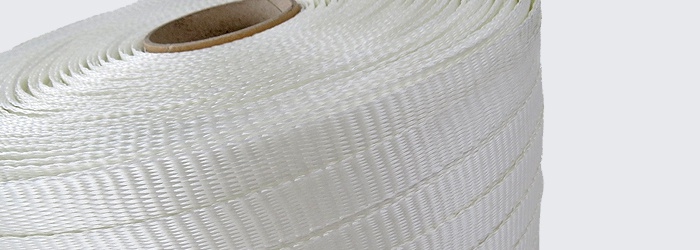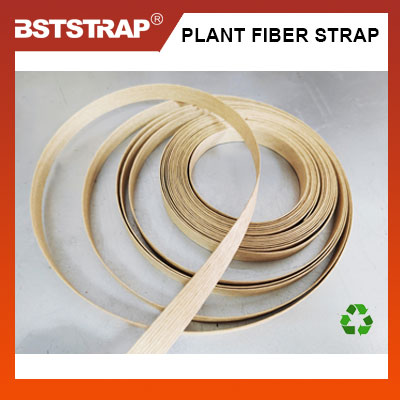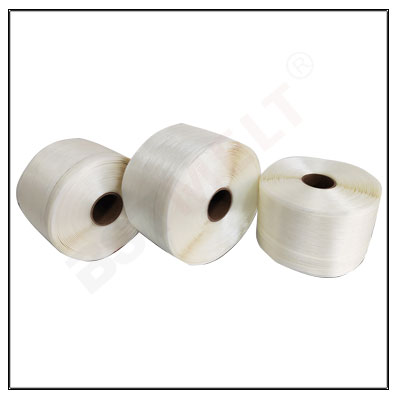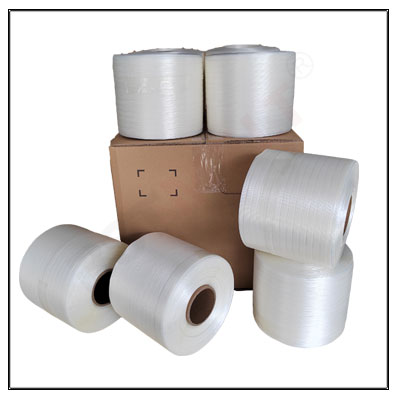The Versatility and Importance of Lashing Straps in Modern Logistics
In the intricate web of modern logistics and transportation, every component plays a crucial role in ensuring the safe and efficient movement of goods from one point to another. Among these indispensable elements, lashing straps stand out as a simple yet indispensable tool that secures cargo during transit, minimizing the risk of damage and loss. This article delves into the versatility, technical specifications, safety considerations, and the growing importance of lashing straps in today's global supply chain.
Introduction
Lashing straps, also known as tie-down straps or cargo straps, are flexible bands of high-tensile strength material designed to secure loads within transport vehicles such as trucks, trailers, containers, and even aircraft. These straps are essential for preventing cargo from shifting during transportation, which can lead to damage, injury, or even accidents. With advancements in materials science and engineering, lashing straps have evolved to meet the diverse needs of various industries, ensuring that goods arrive at their destination intact.

Materials and Construction
The core of any lashing strap lies in its material composition, which directly affects its strength, durability, and resistance to wear and tear. Polyester, nylon, and polypropylene are common synthetic fibers used in the construction of lashing straps due to their high strength-to-weight ratio, resistance to moisture, and cost-effectiveness. Polyester straps, for instance, are known for their excellent UV resistance and high breaking strength, making them ideal for outdoor applications.
In addition to the material, the construction of lashing straps involves weaving or braiding the fibers into a strong, flexible band, often reinforced with additional layers or cores for added strength. The ends of the strap are typically fitted with hooks, loops, or ratchets for easy attachment to anchor points or other straps. These attachments must be robust and designed to withstand the tension applied during tightening, ensuring a secure hold.
Technical Specifications and Standards
Given their critical role in safety, lashing straps are subject to strict technical specifications and international standards. These standards, such as those set by the International Maritime Organization (IMO) for shipping containers or the American Society of Mechanical Engineers (ASME) for industrial applications, dictate factors like minimum breaking strength, material composition, and safe working loads. Compliance with these standards is mandatory for manufacturers and users alike, ensuring that lashing straps meet the required safety thresholds.

Versatility Across Industries
Lashing straps find application across a wide range of industries, reflecting their versatility and importance. In the automotive sector, they secure vehicles during transportation on car carriers, preventing scratches and damage. In the construction industry, they hold building materials like bricks, timber, and steel beams in place during transportation and on-site storage. The aerospace industry relies on specialized lashing systems to secure aircraft components and cargo during flight. Even in the retail and e-commerce sectors, lashing straps are used to stabilize pallets of goods within delivery trucks.
Safety Considerations
The use of lashing straps involves several safety considerations to prevent accidents and injuries. Proper training is essential for operators to understand the correct procedures for attaching, tightening, and releasing straps. Over-tightening can cause damage to the cargo or anchor points, while under-tightening leaves the load unsecured. Regular inspection of straps for wear, fraying, or damage is crucial to maintain their integrity and prevent failure during transport.
Furthermore, the environmental conditions under which lashing straps operate must be taken into account. Extreme temperatures, humidity, and exposure to chemicals can degrade the material, reducing its strength and lifespan. Proper storage and maintenance practices can help mitigate these effects.
The Future of Lashing Straps
As technology advances, so too do the capabilities of lashing straps. Innovations in materials science, such as the development of advanced composites and nano-reinforced fibers, promise even stronger, lighter, and more durable straps. Smart sensors and monitoring systems integrated into lashing systems can provide real-time data on tension levels, alerting operators to potential issues before they become critical.
Sustainability is also becoming a key consideration in the design and manufacture of lashing straps. Recyclable materials, biodegradable options, and reduced packaging waste are all areas of focus for manufacturers looking to minimize their environmental footprint.

Conclusion
In conclusion, lashing straps are a vital component of modern logistics and transportation, ensuring the safe and efficient movement of goods worldwide. Their versatility, strength, and adherence to rigorous standards make them indispensable across industries. As the global supply chain continues to evolve, so too must the technology and practices surrounding lashing straps. By embracing innovation, prioritizing safety, and considering sustainability, the future of lashing straps looks bright, poised to play an even more critical role in connecting the world's economies.





